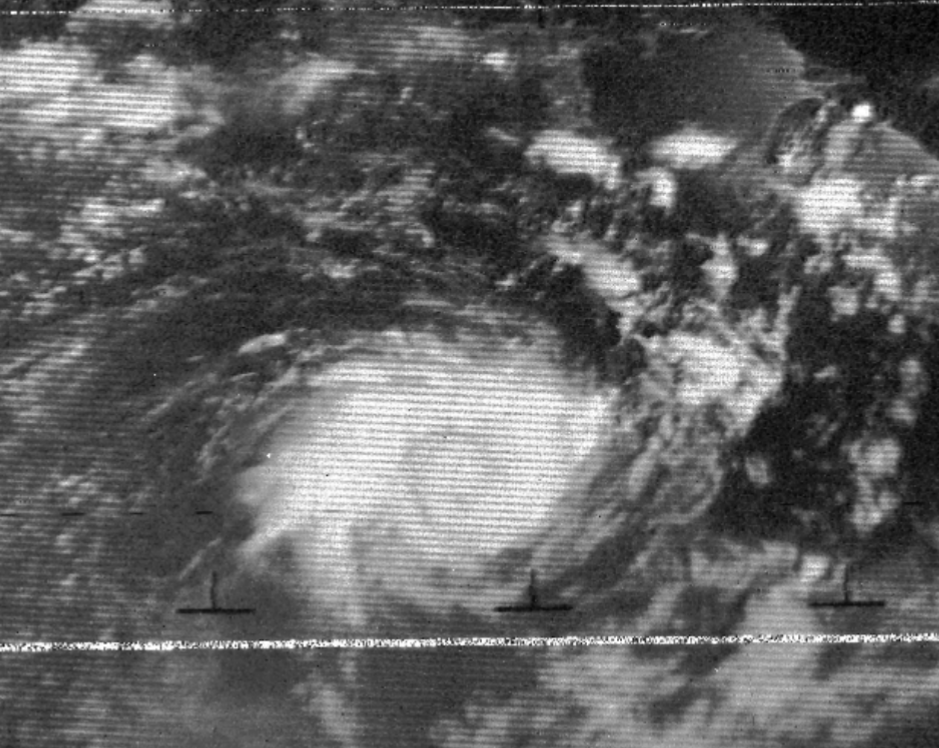Radio Australia and 8DR Darwin (Coverage of Cyclone Tracy: December 25, 1974
/A picture taken by the ESSA-8 satellite that shows Cyclone Tracy on December 25, 1974 (Source: Wikipedia via NASA)
Many thanks to SRAA contributor, Paul Rawdon, who shares the following recording and notes:
Announcement explaining the reason for a reduced signal strength. Cyclone Tracy put the Darwin transmitter site off air. News bulletin plus other selected items that were broadcast relating to the evacuation of Darwin. Because the local 8DR MW transmitter was damaged a microwave link was set up between Darwin and Shepparton with the programme transmitted back to Darwin on shortwave.
Date of recording: 12/25/1974
Starting time: 2100 UTC
Frequency: 9.58 MHz
Your location: Lower Hutt, New Zealand, 26 December NZDT
Receiver and antenna: Trio 9R59DSM communications receiver with a random length long wire




